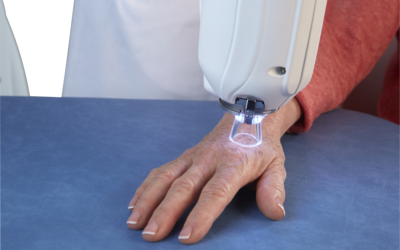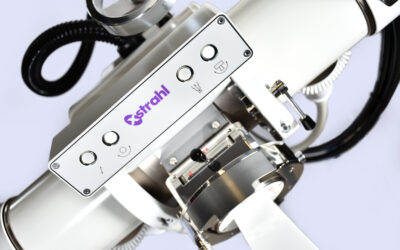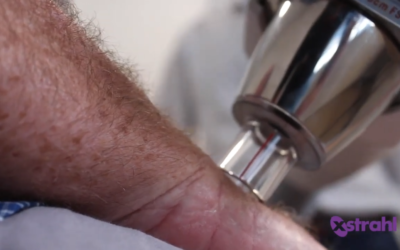BACKGROUND:
Basal cell carcinoma (BCC) is the commonest skin cancer. BCCs are slow-growing, locally invasive, epidermal skin tumours which mainly affect white skinned people. The first line treatment is usually surgical excision, but numerous alternatives are available.
OBJECTIVES:
To assess the effects of treatments for basal cell carcinoma.
SEARCH STRATEGY:
We searched the Cochrane Skin Group Specialised Register (January 2006), the Cochrane Central Register of Controlled Trials (The Cochrane LIbrary Issue 1, 2006), the Cochrane Database of Systematic Reviews (The Cochrane Library Issue 1, 2006), MEDLINE (2004 to January 2006), EMBASE (2005 to January 2006), the metaRegister of Controlled Trials (February 2006). Cited references of all trials identified and key review articles were searched. Pharmaceutical companies were contacted where appropriate for reviews or unpublished trials.
SELECTION CRITERIA:
Inclusion criteria were adults with one or more histologically proven, primary basal cell carcinoma. The primary outcome measure was recurrence at three to five years, measured clinically. The secondary outcome included early treatment failure within six months, measured histologically. Adverse treatment effects included aesthetic appearance and pain during and after treatment.
DATA COLLECTION AND ANALYSIS:
Two authors independantly carried out study selection and assessment of methodological quality.
MAIN RESULTS:
Twenty seven studies were identified. Only one RCT of surgery versus radiotherapy had primary outcome data at four years, showing significantly more persistent tumours and recurrences in the radiotherapy group as compared to the surgery group, (RR 0.09, 95%CI, 0.01 to 0.69). One study found no significant difference for recurrence at 30 months when Moh’s micrographic surgery was compared to surgery for high risk facial BCCs, (RR 0.64, 95%CI 0.16,2.64). One study of methylaminolevulinate photodynamic therapy (MAL PDT) versus cryotherapy found no significant difference in recurrences in the MAL PDT group when compared to cryotherapy at one year (RR 0.50, 95% CI 0.22,1.12). Cryotherapy showed no significant difference in recurrences at one year when compared to surgery on one small study. When radiotherapy was compared to cryotherapy there were significantly fewer recurrences at one year in the radiotherapy group compared to the cryotherapy group.Short-term studies suggest a success rate of 87 to 88% for imiquimod in the treatment of superficial BCC using a once-daily regimen for 6 weeks and a 76% treatment response when treating nodular BCC for 12 weeks, when measured histologically.
AUTHORS’ CONCLUSIONS:
Overall there has been very little good quality research on treatments for BCC. Most trials have only evaluated BCCs in low risk locations. Surgery and radiotherapy appear to be the most effective treatments with surgery showing the lowest failure rates. Although cosmetic outcomes appear good with PDT, long term follow up data are needed. Other treatments might have some use but few have been compared to surgery. An ongoing study comparing imiquimod to surgery should clarify whether imiquimod is a useful option.
Bath-Hextall FJ, Perkins W, Bong J & Williams HC.






